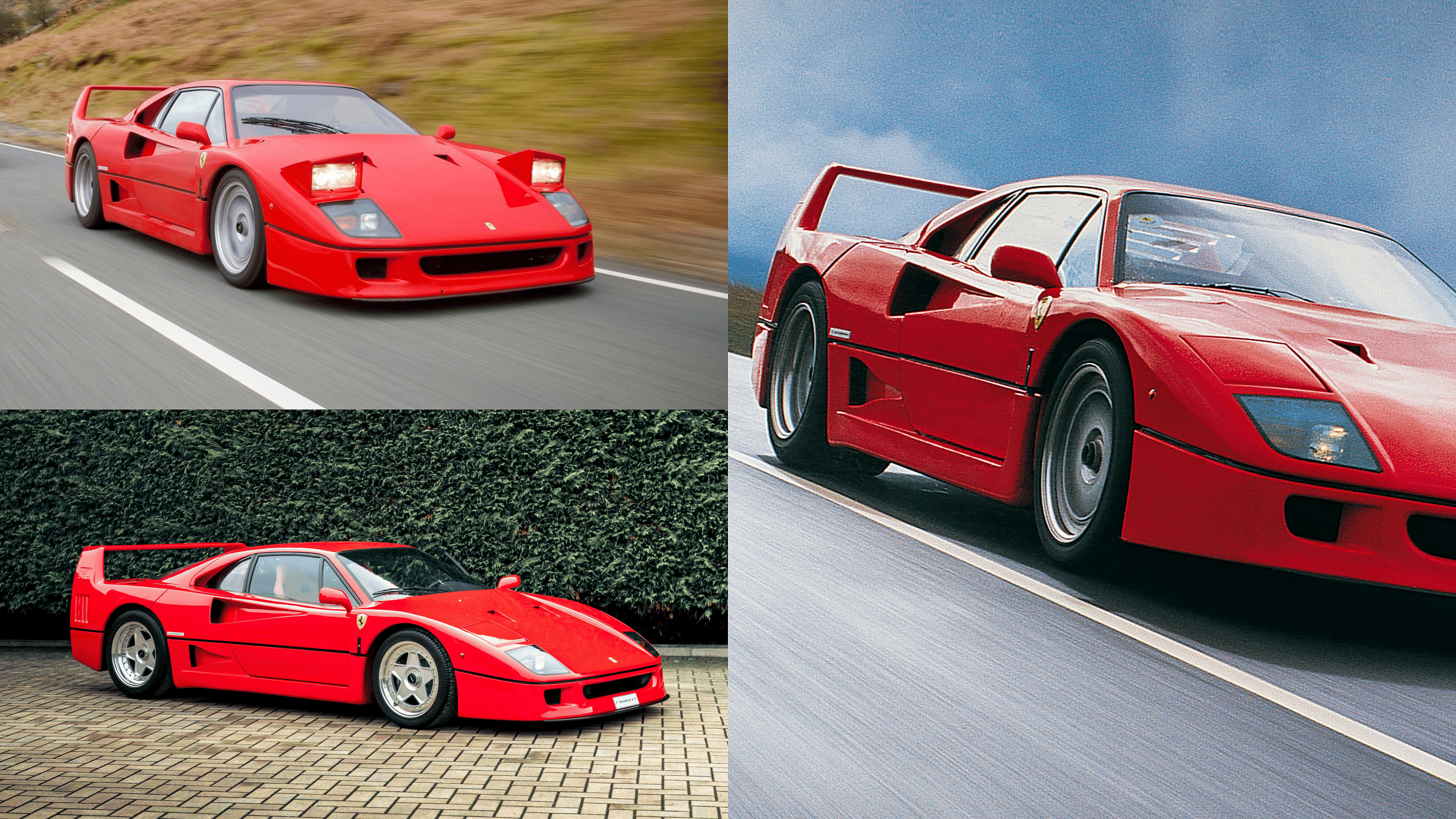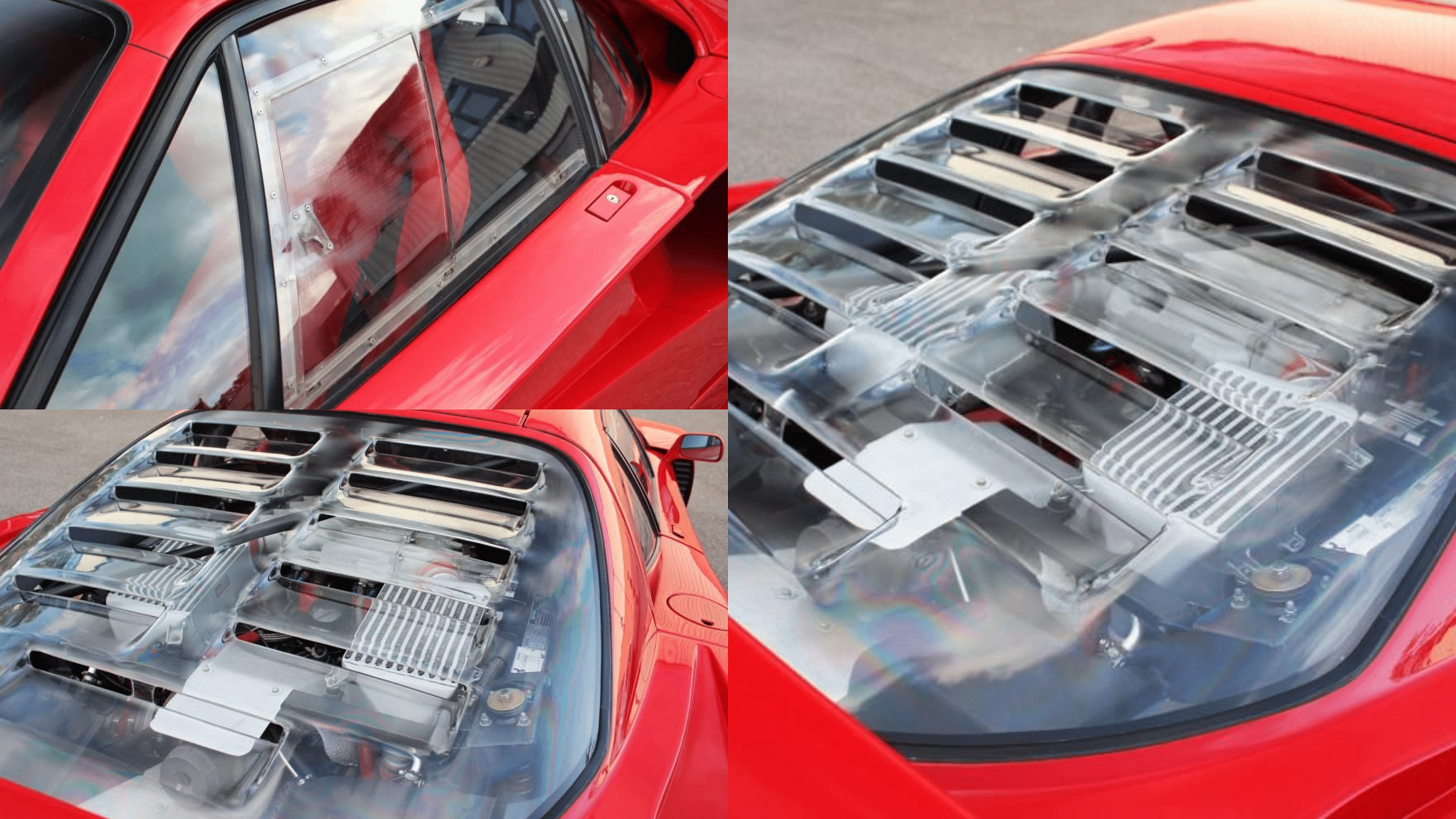Top 10 Things To Know About The Ferrari F40(1987-1992) Before Buying
The Ferrari F40 still soars high with its iconic design and legendary fan base. The F40 is also the last car to be personally signed off by Enzo Ferrari before he passed away. Launched in 1987, the F40 came with expensive carbon-kevlar bodywork and a compact twin-turbocharged V8, things that were mostly not used by other sports cars of that time.
Published February 5, 2024

The Ferrari F40 is considered as one of the best sports cars ever made. And the fact that the car was Enzo Ferrari’s last personally signed-off model, makes it even more exclusive. Within its production run from 1987–1992, only 1,311 units of the car were produced, making it a rare collector’s car at present. While designing and developing the car, Ferrari put its best efforts to make it stand out among its peers. With that, the car has some expensive construction materials such as a carbon-kevlar bodywork and a twin-turbo V8 that is compact. The car offered an ultimate driving experience and thrill with practically no driver and safety aids. The car doesn’t even have the basic safety tech such as ABS and doesn’t get power steering as well. To make the car as light as possible, the car was given a thin coat of paint, the interior was stripped of carpets, and there were no creature comforts inside the cabin either.
10. Look for damages on the bodywork

The carbon-kevlar body with composite panels is strong enough to withstand the test of time. However, for a car that’s over three decades old now, signs of wear and tear are common. But fixing the defects isn’t affordable though. Check for cracks and scratches on the bodywork along with the paint coating. Since the F40 was given an extremely thin coat of paint, it tends to fade or peel off with time.
9. Noises and lag in turbochargers
Turbocharged gasoline motors are notorious for long-term usage primarily due to the limited lifespan of the turbines. While the F40’s V8 is a masterpiece of an engine, it shares the basic characteristics of a regular turbocharged gasoline motor. The two IHI turbos operate at extremely high temperatures and any issues with them would be identifiable from the higher-than-normal noises and lag in performance.
8. Look for scratches on the Perspex panels

Among the quirky bits of the Ferrari F40 are the Perspex panels for the sliding windows and the engine cover. While the panels do look almost like glass, they attract and get scratched easily. Replacing them on a car that’s three decades old now would come at a premium price. Hence, do look for them carefully.
7. Inspect the cam belt of the motor
The cam-belt of the V8 has a rated lifespan of a couple of years or 6,000 miles, whichever is earlier. While inspecting, do check when it was replaced since it costs upwards of $2,500 at present.
6. Check for interior trim damages

Ferrari did put in the least effort while making the F40’s interior. The interior is devoid of any creature comforts and the floors don’t get any carpet covering as well. Thankfully, the dashboard gets carpeting though. Despite that, almost everything inside the cabin is fragile and the bolsters of the seats do wear out quickly. Check for these things since restoring the interior with spares from Ferrari costs a fortune.
5. Check the rubber parts
The rubber bushings of the steering system and the sealants of the windows tend to go bad after prolonged usage. Even if the car was stored in a garage for extensive periods, they do go bad eventually. Check for them carefully and replace them if required.
4. Faded brakes

The brakes of the F40 are its weakest points, and it’s surprising for the power it has on tap. The brakes fade away a bit too quickly and you practically need to store a couple of sets if you plan on driving the car on tracks often. Even driving it fast on normal roads results in a quick fade of the brakes. Replacing them is an affair of a hefty premium.
3. Check the clutch
Another part of the F40 that tends to wear out quicker than usual is its clutch. While it is the same with almost every other high-performance car out there, replacing the F40’s clutch is a pricey affair. Moreover, if the Ferrari has been driven hard both on tracks and the roads, then expect the clutch to be replaced even quicker.
2. Look for leakages from the engine

Oil leaks from a Ferrari might sound a bit unbelievable, but it is true in the case of the F40. While the motor is reliable itself periodic maintenance is required. For the F-40’s twin-turbo VV8, the cam covers are known to leak oil at times and it should be addressed quickly to avoid the residual oil being ignited.
1. Check the wheel alignment
Initial buyers of the F40 did not purchase the car to drive it like a regular road car. And it is not meant to be driven like one either. As such, track abuse and cornering abuse are completely absorbed by the wheels and the suspension parts, which leads to the misalignment of the wheels. These are the ones that need to be checked without fail and prefer to lift the car and inspect the suspension arms by yourself.
Write a comment
Comments
No Comments Yet






